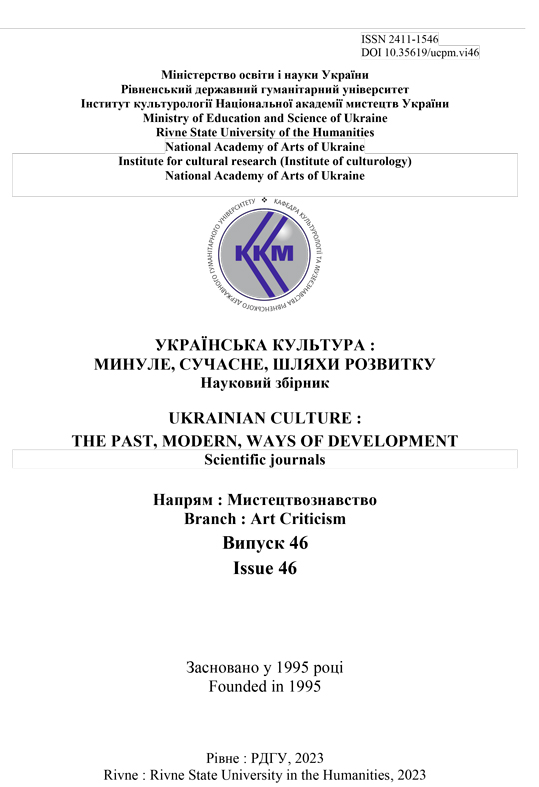DEVELOPMENT OF BALLROOM CHOREOGRAPHY IN THE COUNTRIES OF CENTRAL ASIA IN THE SECOND HALF OF THE 20 TH – BEGINNING OF THE 21 ST CENTURY
DOI:
https://doi.org/10.35619/ucpmk.vi42.562Keywords:
ballroom choreography, ballroom dance, competition dance.Abstract
The aim of this article. The purpose of the article is to analyze the historical processes of the development of ballroom choreography in the countries of Central Asia (Kazakhstan, Turkmenistan, Tajikistan, Kyrgyzstan) in the second half of the 20 th – beginning of the 21 st century. Research methodology. The following methods were used in the work: historical and historical-genetic – to understand the genesis, the specifics of the processes of development of ballroom dance; source study – for the selection and processing of sources related to the art of ballroom dancing; comparative – to compare the historical periods of the evolution of ballroom culture; included observation – to view individual choreographic works and their preliminary comprehension. Novelty. For the first time, an attempt is made to conduct a scientific study of topical issues of the development of ballroom choreography in the countries of Central Asia (Kazakhstan, Turkmenistan, Tajikistan, Kyrgyzstan) in the second half of the 20 th – beginning of the 21 st century.
Results. One of the specific features of competitive ballroom dancing in the countries of Central Asia is the partial remains of ballroom compositions by Soviet choreographers created during the years of the existence of the Soviet Union.
Although Soviet ballroom choreography was pushed out of the competition system, and the international program was approved as the main one, today at concerts you can see choreographed numbers from the 1970 s and 1980 s or modern dances created by choreographers based on the same principles. Since ballroom choreography in the above-mentioned countries ideologically and aesthetically contradicted the local ethnic traditions, it still develops quite slowly.
Thanks to state support in the field of ballroom choreography, Kazakhstan has become a leader in the development of sports ballroom dancing among the former Soviet republics of Central Asia. To date, ballroom choreography in Kazakhstan is developing as a supranational phenomenon that does not have traditional roots and is not associated with folk culture.
Therefore, the further paths of this art form in the republic directly depend on the general involvement of Kazakhstan in the processes of globalization, integration and cultural exchange between different countries.




